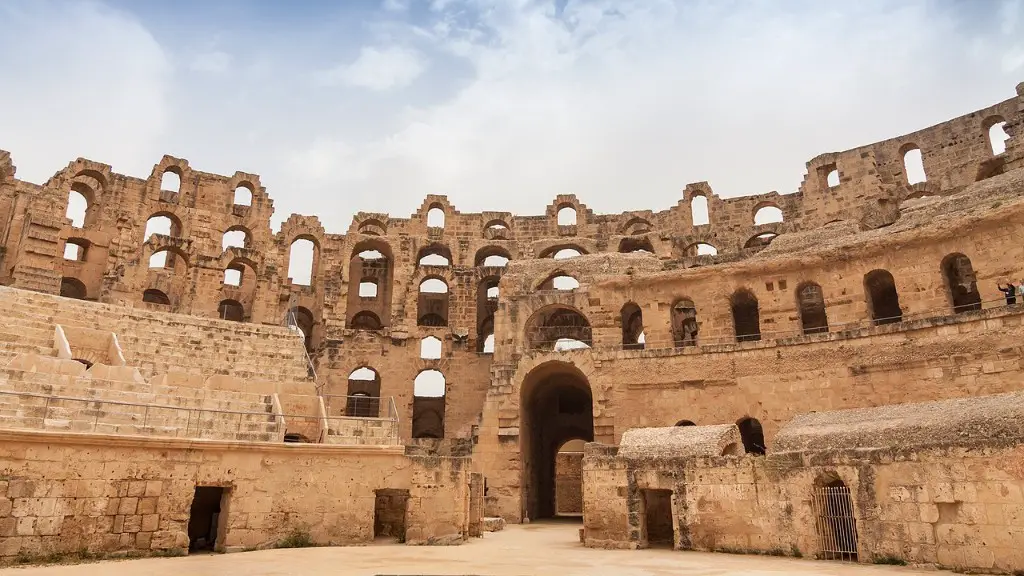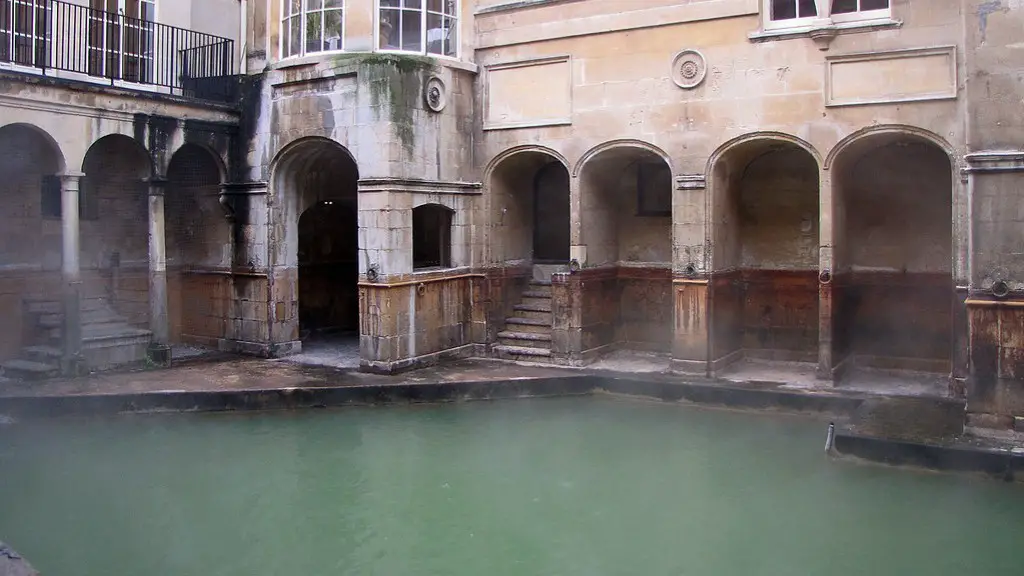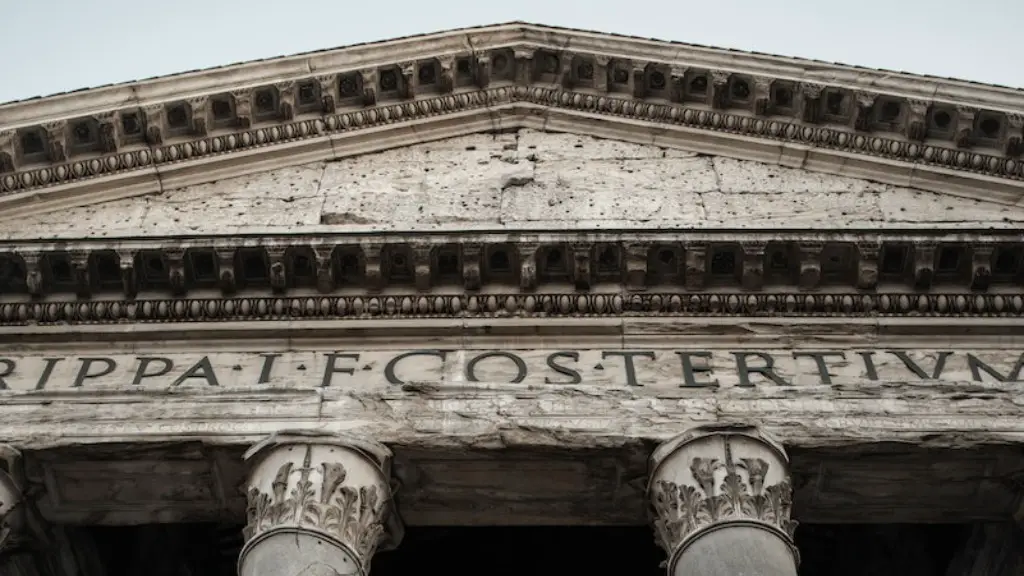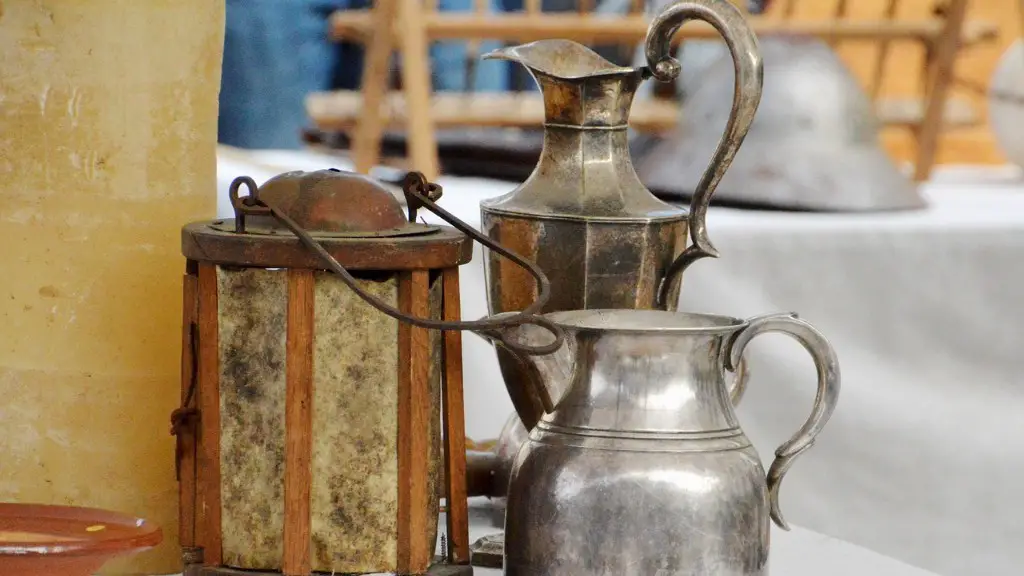The Colosseum is an ancient amphitheater in Rome, Italy, built during the reign of Emperor Vespasian in 70-80 AD. It is the largest amphitheater ever built, measuring 189 meters in length, 156 meters in width, and 50 meters in height. The Colosseum was originally able to hold up to 80,000 spectators, although that capacity has since been reduced to several thousand. Throughout its history, it has served as a venue for many spectacles including gladiatorial battles, executions, animal hunts, and plays. It is now a major tourist attraction, drawing millions of visitors each year. For all its grandeur, the Colosseum has a sordid past linked to the rise and fall of the Roman Empire.
During its construction, the Colosseum was a marvel of engineering. Built mostly from stone and concrete, it was designed to endure the test of time. Its iconic oval shape was meant to be aesthetically pleasing and efficient, using the architecture of the day to maximize the comfort of the spectators. It also included tealight lights and a network of complex tunnels beneath it to manage the logistics of its shows. Over the centuries, the Colosseum has weathered the ravages of time and natural disasters, though it has been extensively restored throughout history.
The Colosseum’s notoriety stems from its hosting of gladiatorial contests. These events pitted Roman soldiers or criminals against each other in brutal combat or against wild beasts for the entertainment of the spectators. Thousands of people lost their lives in these shows, and their bloody remains became a symbol of the power of Rome. This spectacle was hugely popular and played a role in the glory and legacy of the Roman Empire.
Today, the Colosseum stands as a reminder of Rome’s ancient past and its troubled history. Every year, millions of tourists visit the Colosseum, joining the countless number of Romans and foreigners that have been captivated by its impressive structure for centuries. It stands as a symbol of Rome’s grandeur and might as well as a testament to its darker side. Despite its history of violence, the Colosseum continues to attract tourists, not to mention the hordes of photographers, filmmakers, and various other groups of people hoping to exploit its impressiveness.
Architecture and Constructs
The Colisseum is a huge elliptical amphitheater comprised of three tiers: the first tier, known as maenianum primum, was reserved for the emperors and their immediate families; the second, known as maenianum secundum, was for the Roman aristocracy; and the third, known as maenianum summum, was for the general public. The amphitheater features over 4,000 arches, which cover a façade that is iconic throughout the world. The most impressive and recognizable feature is the 48 meters tall podium, which was once home to the emperor’s throne.
The amphitheater also boasted a series of underground chambers, which were used for holding animals and gladiators before the show. The arena itself was sand-covered and contained several special platforms and doors, which gladiators and animals could enter from. All of these features were quite advanced for the time and make the Colosseum a feat of Roman engineering.
The construction of the Colosseum had a significant economic and social impact on Rome. It was an expensive venture that spurred employment and provided business opportunities for the many laborers, craftsmen, and masons that worked on the project. Despite its cost, the Colosseum was an impressive feat of engineering and stands as a testament to the power of the Roman Empire.
Commemorialists and Historians
For centuries, the Colosseum has been the subject of scholarly speculation and debate. It has been the subject of numerous books and articles, which generally focus on its grandeur and historical significance. For example, in his book entitled “History of the Colosseum”, the historian John Stokes discussed the importance of the Colosseum to Roman society and its impact on the architecture of amphitheaters worldwide. Additionally, he shared his insights on the importance of gladiatorial battles and the lasting legacy of these battles.
In recent years, the Colosseum has become a popular tourist destination. Tourism has been a major source of income for the crumbling amphitheater, but it has also attracted a variety of unsavory characters. Touts, pickpockets, and street performers have all invaded the area, creating a dangerous and chaotic atmosphere. As a result, the municipality of Rome has had to step in in order to maintain safety and security. Nonetheless, the Colosseum remains a major tourist attraction.
Modern Day Relevance
The Colosseum remains a major symbol of both Roman history and Italian culture. Its impressive architecture and interesting history make it an ideal tourist destination. Additionally, it has also served as a backdrop to numerous films and television shows, making it an even more recognizable symbol of Italian culture. Its beauty and grandeur are unparalleled and its legacy is certain to endure for centuries to come.
The Colosseum also serves as a reminder of the excesses of Roman culture and the bloodshed that was necessary to maintain the Roman Empire. Though it’s a reminder of violence and power, it also serves as a reminder of the grandeur and achievement of the past. Though steeped in a bloody history, today the Colosseum remains a powerful symbol of a great nation and culture.
Modern Restoration and Conservation
Over the centuries, many parts of the Colosseum have been lost due to attrition, theft and natural disasters. In recent years, the local government of Rome has taken action in order to protect and restore the Colosseum. In 2015, the Italian government launched a massive restoration and conservation project for the Colosseum. This multi-million project involved the demolition of the unsightly modern structures that had been built around the amphitheater, as well as a thorough cleaning of its façade.
The modern project has had a significant impact on the state of the Colosseum. Tourists can now get a closer look at the structure and enjoy a better view of its impressive arches and architecture. Additionally, the project has ensured that the Colosseum will remain a major symbol of Roman history and Italian culture. Despite its age and years of neglect, the Colosseum still stands as a testament to the grandeur and power of Rome.
Cultural and Social Significance
The Colosseum has come to represent much more than a simple tourist attraction: it has become a symbol of many things. It stands as a symbol of the power of Rome, as well as a reminder of the darker aspects of Roman society. It is also a symbol of grandeur and beauty which has endured the test of time. For many people, the Colosseum is a symbol of hope and strength in the face of adversity.
The Colosseum has come to have a powerful social and cultural significance. Its beauty and grandeur make it a powerful symbol of Roman history and Italian culture. It is one of the few ancient sites in Rome that has remained relatively intact, and it stands as a reminder of the grandeur and power of the Roman Empire. Despite its dark past, today the Colosseum still stands tall and is a source of pride for the people of Rome.
Conclusion
The Colosseum is a symbol of Roman history and Italian culture, and its rise and fall has played an important role in shaping the history of the region. Its grandeur, beauty and resilience have made it a popular tourist destination and a source of pride for the people of Rome. It is a reminder of both the grandeur and tragedy in the history of Rome, as well as a symbol of hope and strength in the face of adversity.




